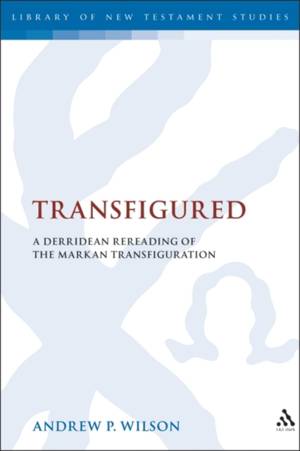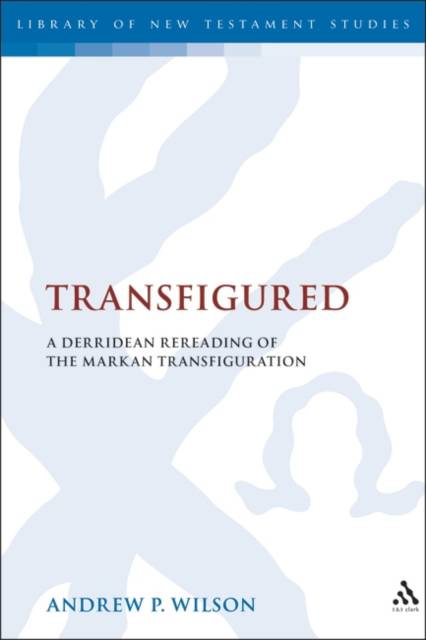
- Afhalen na 1 uur in een winkel met voorraad
- Gratis thuislevering in België vanaf € 30
- Ruim aanbod met 7 miljoen producten
- Afhalen na 1 uur in een winkel met voorraad
- Gratis thuislevering in België vanaf € 30
- Ruim aanbod met 7 miljoen producten
Omschrijving
At first glance the Markan transfiguration scene (Mk. 9:2-8) is all about light, sound and spectacle. Commentators see revealed in this scene a sparkling vision of God's glory-the light that banishes the shadow of incomprehension and by which the hidden truth of the Gospel finally becomes clear. But have commentators been blinded by their dazzling evaluations of Mark's theology? For, despite all the splendor and sparkle, the Markan transfiguration remains a difficult scene to interpret. Transfigured asks what would be seen if one were to squint past the sun-like glory that dominates this vision. Wilson focuses on the problematic elements, the gaps and inconsistencies of the scene, and re-evaluates them in order to re-read the transfiguration from an altered perspective.
The theoretical work of Jacques Derrida, particularly his notion of "otherness," which draws together and realigns the reader (subject), the reading (method), and what is read (text), will be central to the orientation of this re-reading. Ultimately, the transfiguration story can be seen ably to accommodate readings that challenge traditionally prescribed metaphysical structures and presuppositions. In the end, the application of Derridean theory issues its own challenges to traditional scholarship in such a way that the approach to the Markan transfiguration and the theology one inevitably brings to it, require a certain amount of reformulation.
Specificaties
Betrokkenen
- Auteur(s):
- Uitgeverij:
Inhoud
- Aantal bladzijden:
- 200
- Taal:
- Engels
- Reeks:
- Reeksnummer:
- nr. 319
Eigenschappen
- Productcode (EAN):
- 9780567026019
- Verschijningsdatum:
- 15/09/2007
- Uitvoering:
- Hardcover
- Formaat:
- Genaaid
- Afmetingen:
- 152 mm x 231 mm
- Gewicht:
- 430 g

Alleen bij Standaard Boekhandel
Beoordelingen
We publiceren alleen reviews die voldoen aan de voorwaarden voor reviews. Bekijk onze voorwaarden voor reviews.











